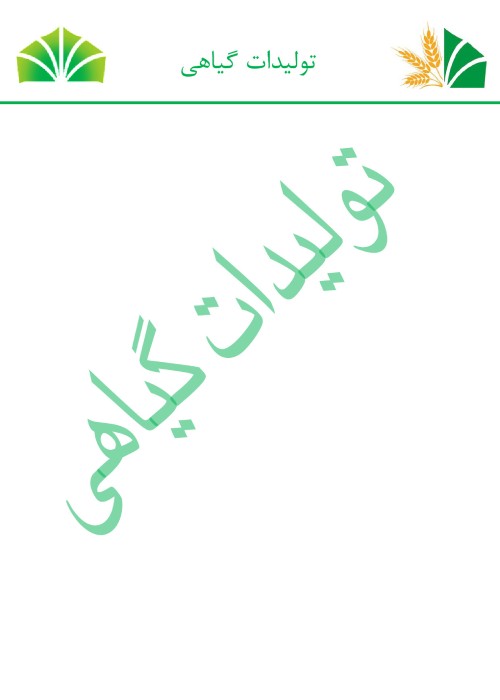Phenotypic Diversity for Fruit Yield and some Related Traits in Tomato (Solanum lycopersicum L.) Local Populations of Kalaybar Region
Tomato (Solanum lycopersicum L.) is one of the vegetable crops of a global economic importance. The reduction of genetic variation in tomato through domestication and breeding has resulted in the need for conservation and utilization of all existing genetic resources. Local populations are among the most important genetic resources. They are often heterogeneous and composed of different genotypes which are mostly homozygous. Therefore, assessment of their diversity requires a different approach of common methods. The objective of this study was estimating the phenotypic variation among and within the tomato local populations of Kalaybar area using Nei’s genetic diversity index.
Plant material consisted of 8 tomato local populations collected from Kalaybar area in the East Azerbaijan province.The experiment was carried out as a randomized complete block design with three replications. A total of 36 plants of each population in three blocks were planted with the distance of 140 cm between rows and 80 cm between plants. Seven traits, including fruit yield and some of its related traits, was measured. All continuous traits were divided into three classes with equal width and the frequency of classes was used to estimate total diversity index (HT), phenotypic diversity within each population (Hs) for each trait. Then, mean diversity index () for all traits, proportion of phenotypic diversity among populations (GST) for each trait, and mean diversity index for each population across all traits () were calculated.
The total diversity index (HT) for each trait ranged from 0.46 to 0.53 with an average of 0.49. Most of values were around the mean. All traits had relative high value of mean diversity index ( > 0.40). The mean phenotypic diversity among populations (GST) was 0.10. For the majority of traits, little diversity was observed among populations. The greatest value of GST (0.16) was relevant to the mean of fruit weight per plant. Most of population had similar magnitudes of mean phenotypic diversity within each populations () across all traits (0.42 to 0.49). The fruit yield (0.51) and mean of fruit weight per plant (0.51), the number of fruit per plant (0.56), the number of node on stem (0.54), the number of floret (0.54), the number of days to flowering (0.44), and the number of days to fruit (0.54), had the highest diversity index (Hs) values in Gharavanloo, Rostamkandi, Sheykhlan-sofla and Kalantar, Sheykhlan-olya, Alisharloo, and Sheykhlan-olya populations, respectively.
The results showed a relatively wide phenotypic diversity present in tomato local population of Kalaybar area for most of the studied traits. The highest diversity was within the populations and there was little variation among the populations. The traits that contributed the most to within populations’ heterogeneity differed from population to population. However, the Sheykhlan-olya population had the highest fruit yield (4.83), the number of fruits (18.4), the number of nodes on stem (20.7), the number of flowers (83.5), and it was concluded that population could be used as a genetic source for future tomato breeding programs in Kalaybar region.
- حق عضویت دریافتی صرف حمایت از نشریات عضو و نگهداری، تکمیل و توسعه مگیران میشود.
- پرداخت حق اشتراک و دانلود مقالات اجازه بازنشر آن در سایر رسانههای چاپی و دیجیتال را به کاربر نمیدهد.



